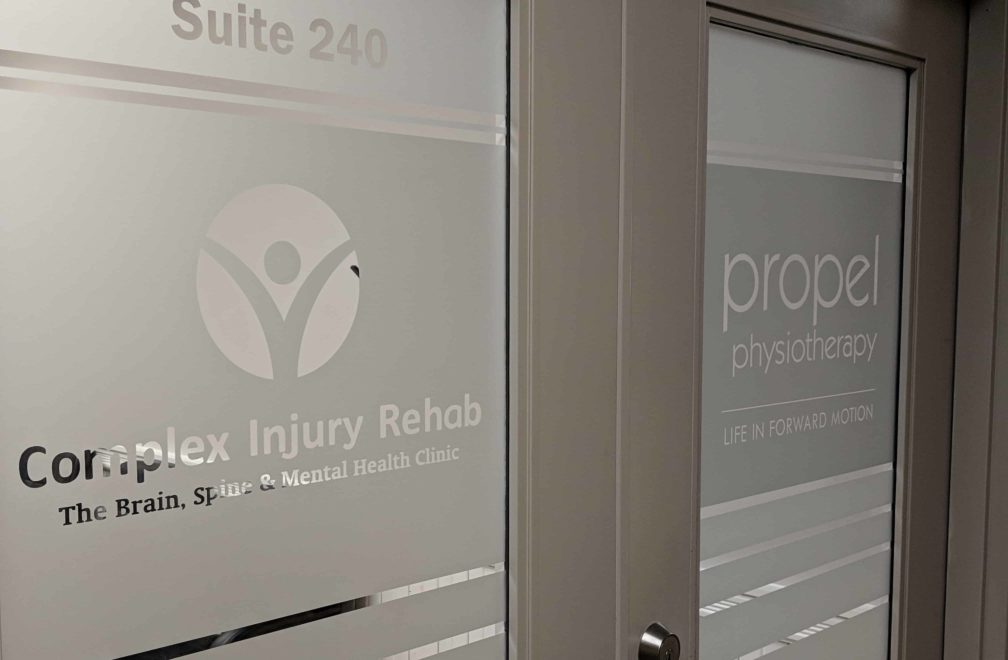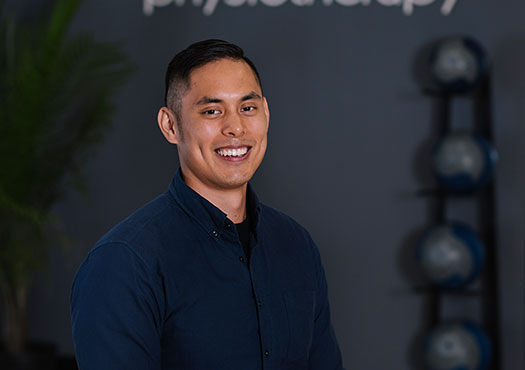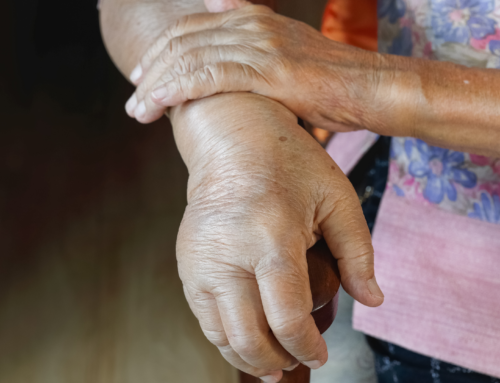As physiotherapists (PTs), my colleagues and I have had many opportunities to work with occupational therapists (OTs) in hospitals, in the community, and during our training at University. In an outpatient clinical setting, however, these opportunities are more rare.
At Propel Physiotherapy’s Pickering location, we are fortunate to share a rehabilitation work-space with OTs from Complex Injury Rehab. Like us, they take a client-centered and team-based approach to providing the best care for the people they work with; and believe that the client is at the core of the team.
Working in proximity with OTs has provided us with a deeper appreciation for their craft and scope of practice. More importantly, it gives our shared clients the benefit of a two-pronged occupational/physical therapy approach to treatment with an emphasis on their goals, abilities, values, culture and advocacy.
What Do Occupational Therapists Do?
Physiotherapists and occupational therapists have a sibling-like rivalry. We share similar educational background and training but we play very distinct roles on a rehabilitation team. As the core of the rehab team, PTs and OTs work hand in hand, but, unless you have experienced a serious injury that required rehabilitation in a hospital setting, you may not be familiar with the term “occcupational therapist” of have an understanding of what they do.
First, OTs are instrumental in increasing a person’s independent function and personal development, regardless of capacity, age, cognitive and physical abilities. After sustaining an injury, OTs are often the professional to assist a person in re-engaging into the community and improving the person’s quality of life outside of a clinical setting or treatment center. That includes things like helping a person re-learn how to bathe themselves, figure out how to get to and from work, modifying the work environment to suit a person’s needs, and prescribing equipment to improve function like walkers, grab bars or even electric can openers.
In short, the OT will provide a person with the skills for the job of everyday living and are advocates for people maximizing their function and living their lives to the fullest. When a person is involved in a serious accident or injury, occupational therapists help to focus the hard work involved in rehabilitation and learning these skills on their application in real life!
Integrated Rehabilitation Approach
From a practical standpoint, something that I have been working on with a client can be immediately applied to an OT context. For instance, a client that has been working towards strengthening his lower extremity and practicing stairs in-clinic with the PT, can practice stairs with his OT at home where it is giving him problems.
Similarly, an OT may determine a client is having difficulty transferring from their wheelchair to a surface due to lack of strength in their upper extremities, and will defer to the PT for guidance on how one can strengthen their upper extremities to improve their transferring skills.
It’s clear that occupational therapists and physiotherapists can work together to enable a client to reach their maximum recovery and potential. The key is bringing in-clinic achievements back to the real world, and applying those achievements to a meaningful context.
We are excited for our teams in Pickering to collaborate further and leverage our skills and training to help more people live their lives in forward motion!
Written by









